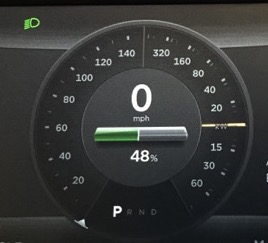News
Tesla Firmware 6.1: Range, Routes and Parking Aid
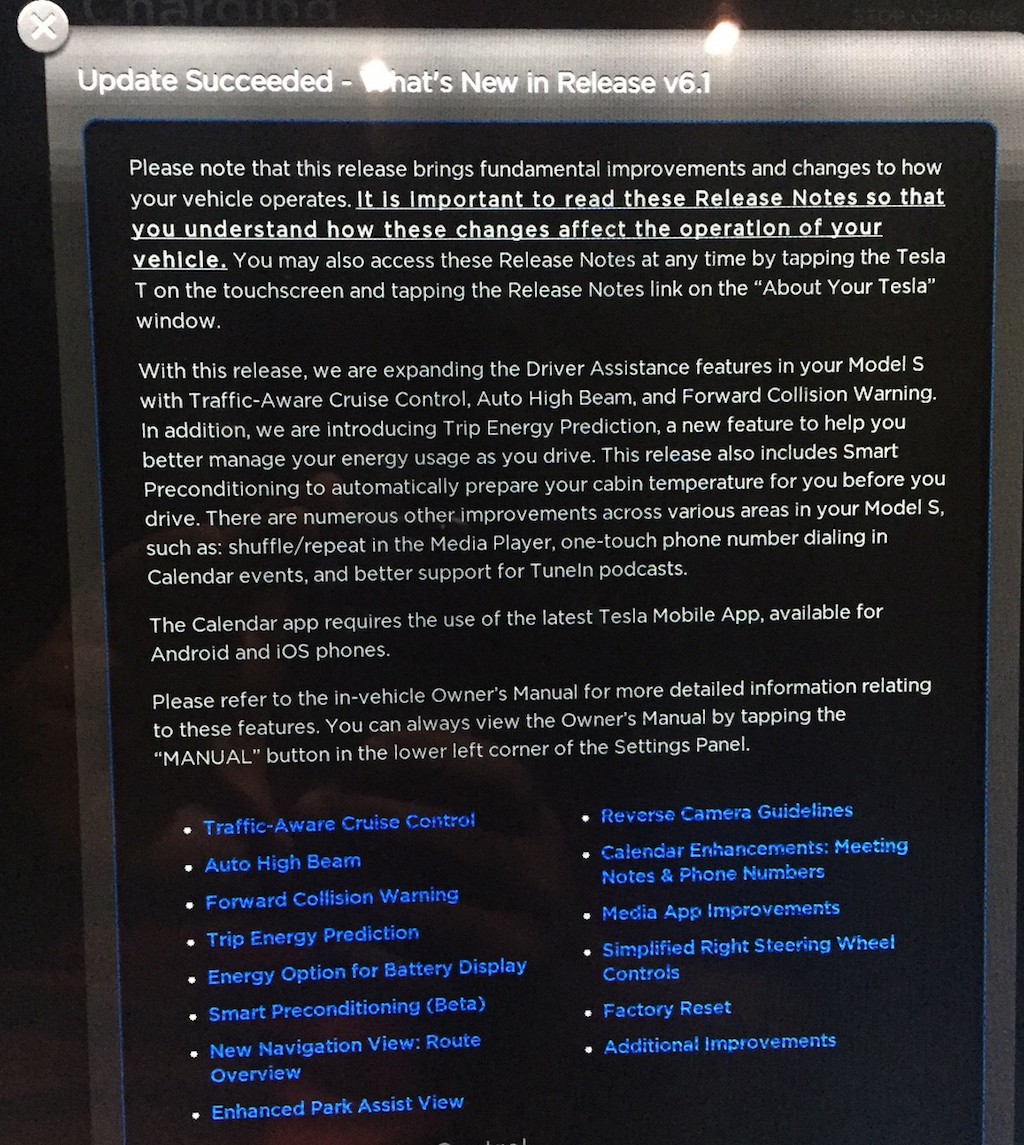
Following the review of Firmware 6.1’s Trip Energy Prediction roll out I’ll be taking a deeper look at some of the other major features that came bundled with this version such as navigation routing and the reverse camera parking aid.
Range Display: Battery %
The Model S displays battery range based on a rated or ideal measurement as determined by the methodology in which the US EPA measures electric vehicle range.
This range always seems to be a hot topic of discussion amongst owners since, almost always, the actual mileage achieved is lower than what’s displayed on the car’s dash. This is especially true during the cold New England winter months when 265 miles of rated range turns out to be closer to 160 miles of actual range due to the effects of winter driving.
The grim reality is that range based on distance (mi/km) will vary depending on how you drive, the terrain you drive on and the environmental conditions during that time.
Tesla Firmware 6.1 solves this issue by giving drivers the ability to replace the display of range with the percentage of battery life remaining. Sure there’s the color-coded battery indicator but being able to see an actual value makes it much more relatable. On top of that the amount of battery remaining lines up nicely to the energy graph displayed through the Trip Energy Prediction feature.
Using this new way of measuring your range takes some getting used to but after a week of using it I kind of like it. It certainly beats using a rated range display that ends up being off by 40-50% during the winter months.
Route Overview
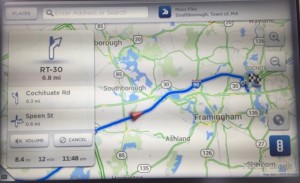 Tesla Firmware 6.1 also adds a new view for trip routing. A “Route Overview” option allows you to visualize your route using a north up view but with the ability to automatically zoom in as you approach your destination. There’s no need to manually pinch zoom anymore..
Tesla Firmware 6.1 also adds a new view for trip routing. A “Route Overview” option allows you to visualize your route using a north up view but with the ability to automatically zoom in as you approach your destination. There’s no need to manually pinch zoom anymore..
Enhanced Park Assist and Camera Guidelines
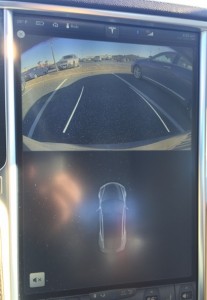 I’m lumping these two features together but also keeping in mind that Park Assist is limited to those with the parking assist package.
I’m lumping these two features together but also keeping in mind that Park Assist is limited to those with the parking assist package.
With this new update putting the Model S in reverse will display both front and rear parking sensors making parallel parking and backing into tight spots that much easier. You also have the ability to manually trigger Park Assist as long as the car is traveling below 5mph. This is a great addition since it provides visibility for all four corners of the Model S.
Tesla finally put the rumors of having an inadequate graphics engine, that supposedly prevented the ability to render parking lines, to rest with the addition of the reverse camera guidelines.
I never had rear camera guidelines on any of my previous cars so this feature wasn’t on my wish list and I never really understood why so many people wanted them. Now that I have them I can see how it would be hard to ever go back to a car without them.
Rear camera guidelines was the #1 requested feature for years and Tesla has delivered!
Summarizing the feature, the Model S will overlay lines on the screen to indicate the path of travel when backing up. These lines move with your steering wheel and apparently the lines will change colors to ensure maximum contrast and visibility depending on the background. Here’s a video of it in action.
Summary
Tesla outdid itself with this the release of Firmware 6.1. It introduces a solid list of big features and improvements around range, routing displays and parking assistance. Combine this with the new feature to dynamically calculate range based on terrain and driving behavior, this is one of the best updates to date.
Stay tuned as I review some of the other enhancements that came bundled with this version.

News
Swedish union rep pissed that Tesla is working around a postal blockade they started
Tesla Sweden is now using dozens of private residences as a way to obtain license plates for its vehicles.
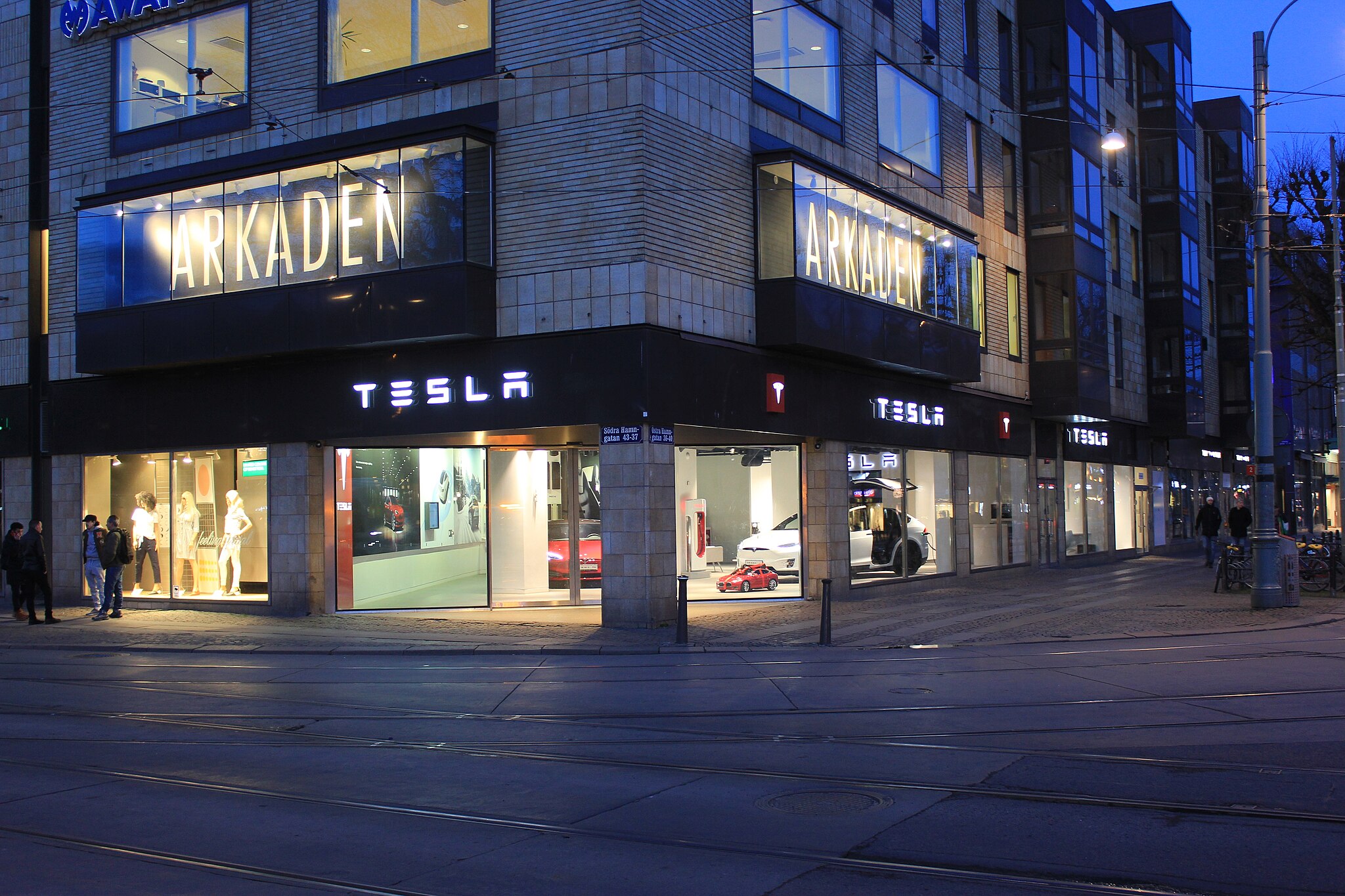
Two years into their postal blockade, Swedish unions are outraged that Tesla is still able to provide its customers’ vehicles with valid plates through various clever workarounds.
Seko chairman Gabriella Lavecchia called it “embarrassing” that the world’s largest EV maker, owned by CEO Elon Musk, refuses to simply roll over and accept the unions’ demands.
Unions shocked Tesla won’t just roll over and surrender
The postal unions’ blockade began in November 2023 when Seko and IF Metall-linked unions stopped all mail to Tesla sites to force a collective agreement. License plates for Tesla vehicles instantly became the perfect pressure point, as noted in a Dagens Arbete report.
Tesla responded by implementing initiatives to work around the blockades. A recent investigation from Arbetet revealed that Tesla Sweden is now using dozens of private residences, including one employee’s parents’ house in Trångsund and a customer-relations staffer’s home in Vårby, as a way to obtain license plates for its vehicles.
Seko chairman Gabriella Lavecchia is not pleased that Tesla Sweden is working around the unions’ efforts yet again. “It is embarrassing that one of the world’s largest car companies, owned by one of the world’s richest people, has sunk this low,” she told the outlet. “Unfortunately, it is completely frivolous that such a large company conducts business in this way.”
Two years on and plates are still being received
The Swedish Transport Agency has confirmed Tesla is still using several different workarounds to overcome the unions’ blockades.
As noted by DA, Tesla Sweden previously used different addresses to receive its license plates. At one point, the electric vehicle maker used addresses for car care shops. Tesla Sweden reportedly used this strategy in Östermalm in Stockholm, as well as in Norrköping and Gothenburg.
Another strategy that Tesla Sweden reportedly implemented involved replacement plates being ordered by private individuals when vehicles change hands from Tesla to car buyers. There have also been cases where the police have reportedly issued temporary plates to Tesla vehicles.
News
Czech Deputy excited for Tesla FSD, hints at Transport Committee review
The ANO party lawmaker shared his thoughts about FSD in a post on social media platform X.
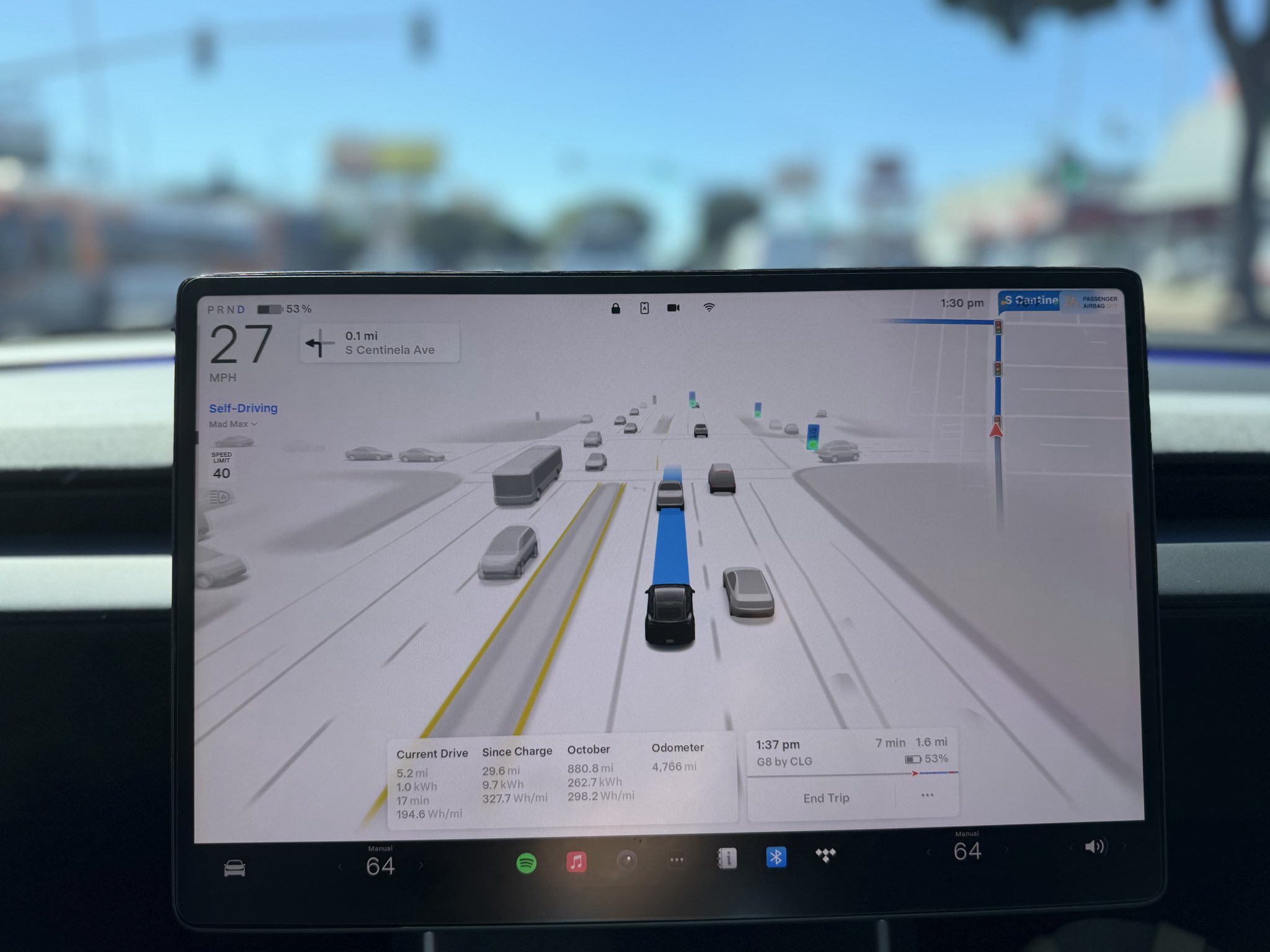
Martin Kolovratník, a Czech Republic Chamber of Deputies member, has expressed his excitement for Tesla’s Full Self-Driving (FSD) after an apparent constituent called for a quick approval for the advanced safety system.
The ANO party lawmaker, who drives both diesel and EV, shared his thoughts about the matter in a post on social media platform X.
The official’s initial statements
Kolovratník kicked off the exchange with a post outlining his coalition’s efforts to scrap highway toll exemptions for electric vehicles and plug-ins starting in 2027.
“Times have changed. Electric vehicles are no longer a fringe technology, but a full-fledged part of operations. And if someone uses the highway network, they should follow the same rules as everyone else. That’s the basis of fairness,” he wrote.
He emphasized equity over ideology, noting his personal mix of diesel and electric driving. “For this reason, there is no reason to continue favoring one technology at the expense of another… It’s not about ideology, it’s about equal conditions. That’s why we clearly agreed within the new coalition: the exemption for electric vehicles and plug-ins will end in 2027. The decision is predictable, understandable, and economically sound.”
Tesla FSD enthusiasm
The conversation pivoted to Tesla’s FSD when X user @robotinreallife, who seems to be one of the official’s constituents, replied that other matters are more important than ending highway exemptions for EVs.
“I’m happy to pay for the highway, but I have a question about a much more fundamental matter: The Netherlands will approve the operation of Tesla FSD in February 26, a technology that has been proven to reduce accidents. The Czech Republic has the option to immediately recognize this certification. Do you plan to support this step so that we don’t unnecessarily delay?” the X user asked.
Kolovratník responded promptly, sharing his own excitement for the upcoming rollout of FSD. “I know about it. I like it and it seems interesting to me. Once we set up the committees and subcommittees, we’ll open it right away in that transport one. Thanks for the tip, I’ll deliver the report,” the official noted in his reply on X.
Kolovratník’s nod to FSD hints at the system’s potentially smooth rollout to Czechia in the coming year. With the Netherlands possibly greenlighting FSD (Supervised) in early 2026, Kolovratník’s commitment could accelerate cross-border certification, boosting FSD’s foray into Europe by a notable margin.
News
Tesla Model 3 named New Zealand’s best passenger car of 2025
Tesla flipped the switch on Full Self-Driving (Supervised) in September, turning every Model 3 and Model Y into New Zealand’s most advanced production car overnight.
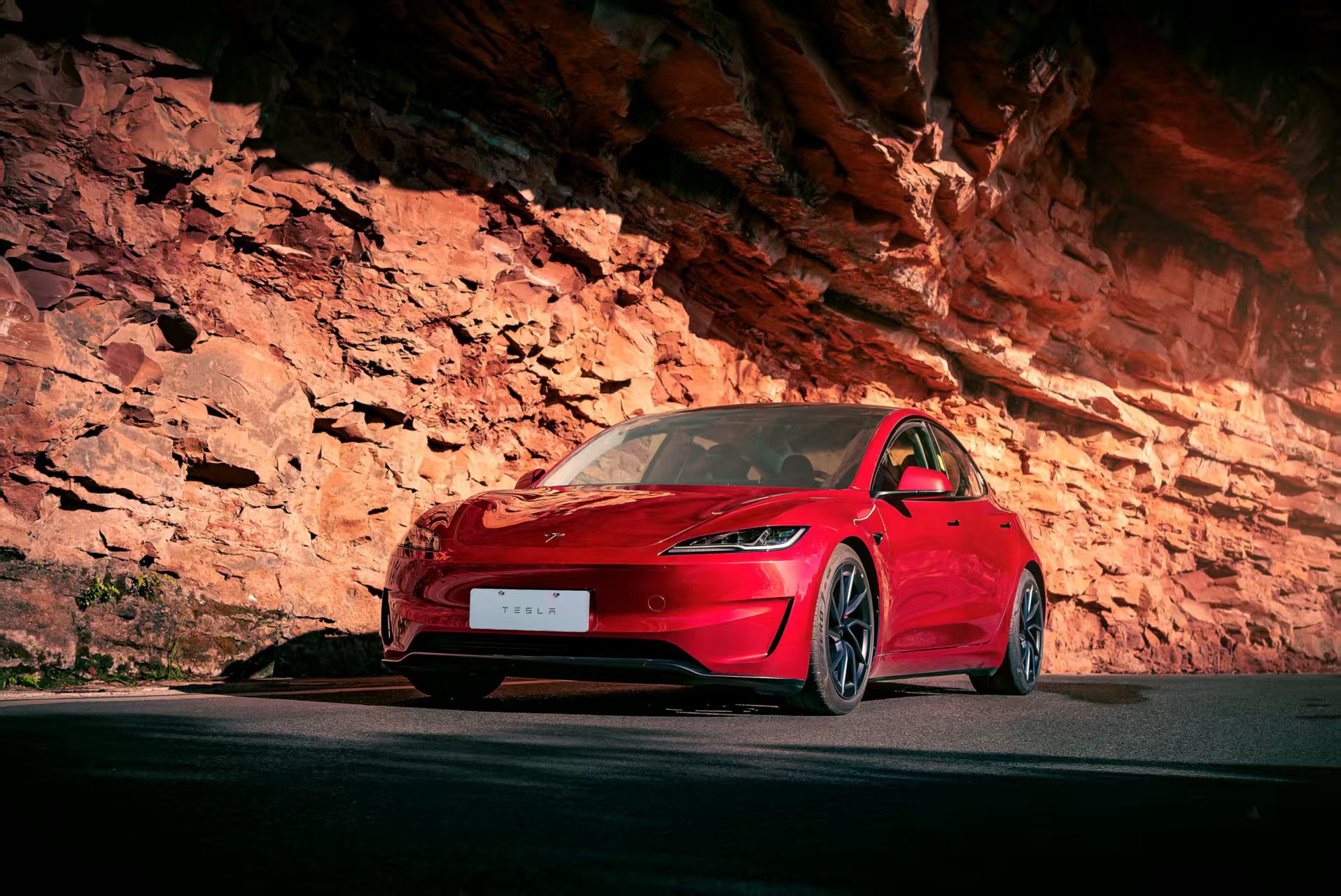
The refreshed Tesla Model 3 has won the DRIVEN Car Guide AA Insurance NZ Car of the Year 2025 award in the Passenger Car category, beating all traditional and electric rivals.
Judges praised the all-electric sedan’s driving dynamics, value-packed EV tech, and the game-changing addition of Full Self-Driving (Supervised) that went live in New Zealand this September.
Why the Model 3 clinched the crown
DRIVEN admitted they were late to the “Highland” party because the updated sedan arrived in New Zealand as a 2024 model, just before the new Model Y stole the headlines. Yet two things forced a re-evaluation this year.
First, experiencing the new Model Y reminded testers how many big upgrades originated in the Model 3, such as the smoother ride, quieter cabin, ventilated seats, rear touchscreen, and stalk-less minimalist interior. Second, and far more importantly, Tesla flipped the switch on Full Self-Driving (Supervised) in September, turning every Model 3 and Model Y into New Zealand’s most advanced production car overnight.
FSD changes everything for Kiwi buyers
The publication called the entry-level rear-wheel-drive version “good to drive and represents a lot of EV technology for the money,” but highlighted that FSD elevates it into another league. “Make no mistake, despite the ‘Supervised’ bit in the name that requires you to remain ready to take control, it’s autonomous and very capable in some surprisingly tricky scenarios,” the review stated.
At NZ$11,400, FSD is far from cheap, but Tesla also offers FSD (Supervised) on a $159 monthly subscription, making the tech accessible without the full upfront investment. That’s a game-changer, as it allows users to access the company’s most advanced system without forking over a huge amount of money.
